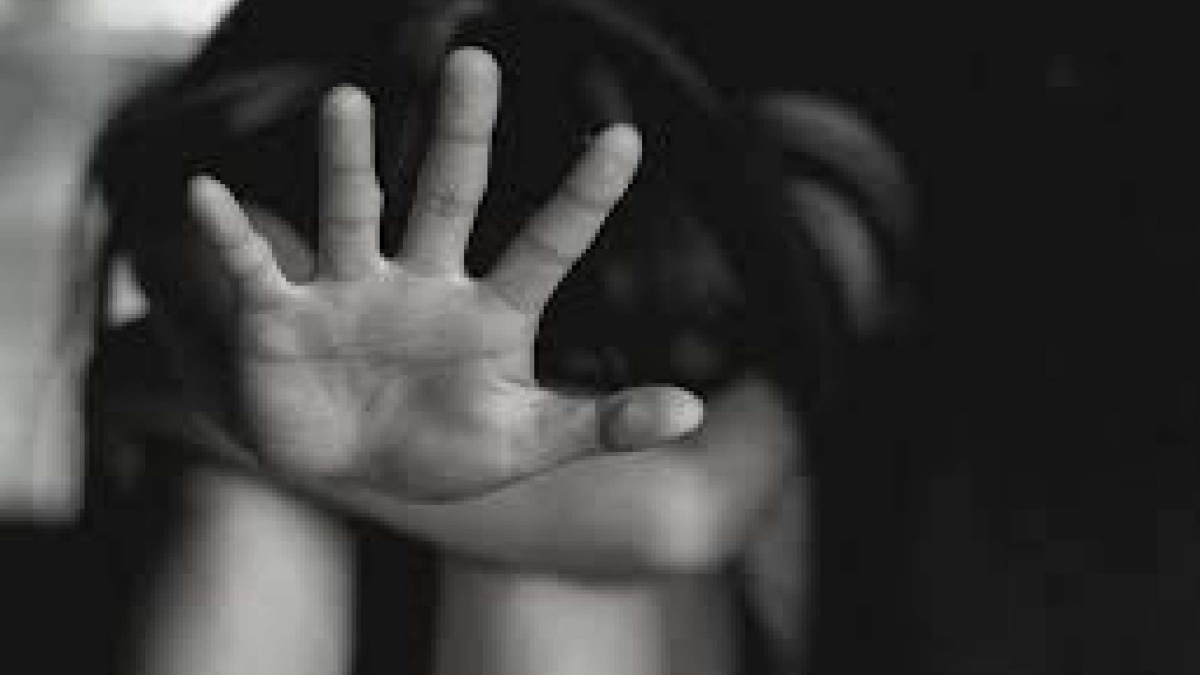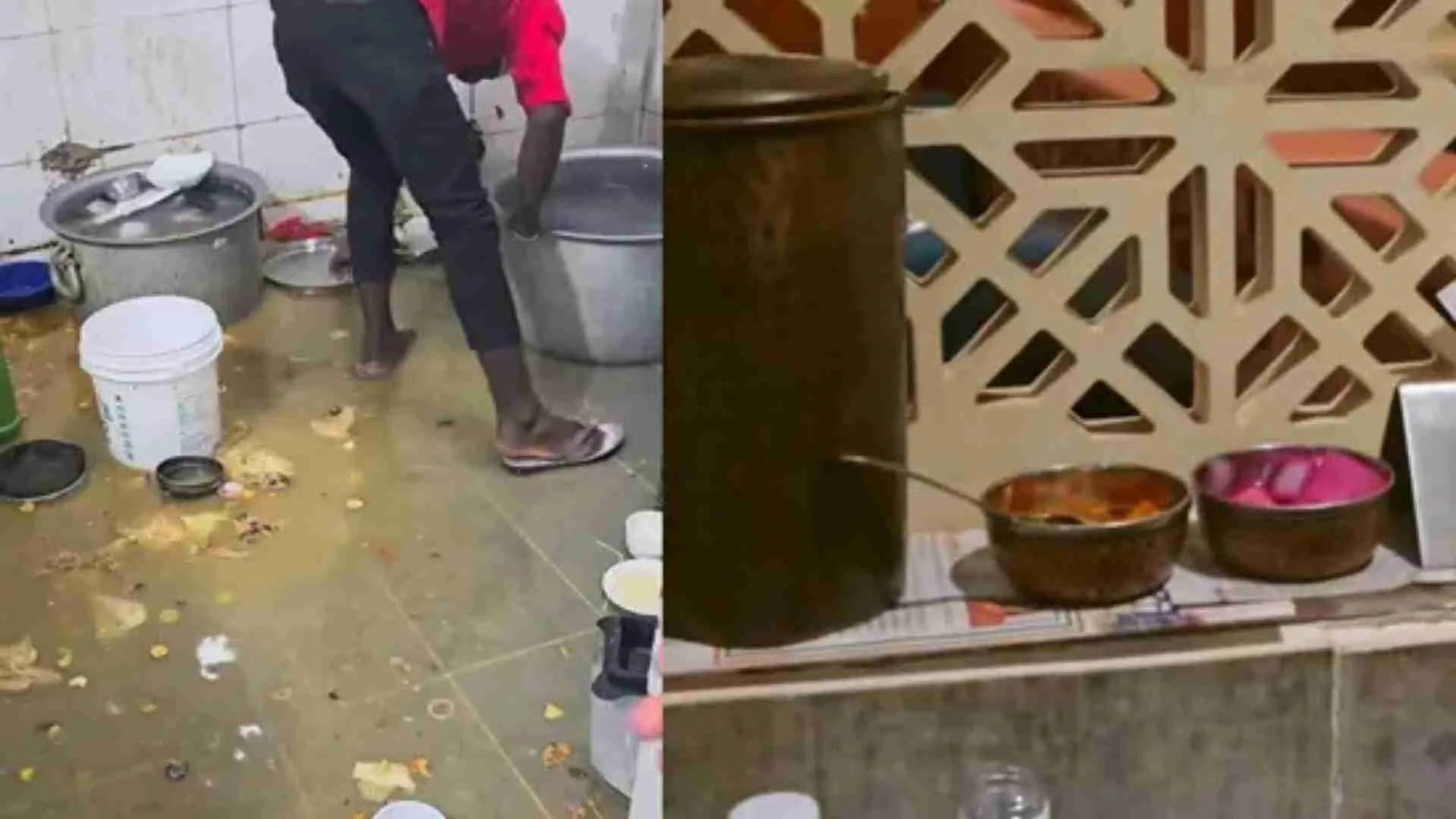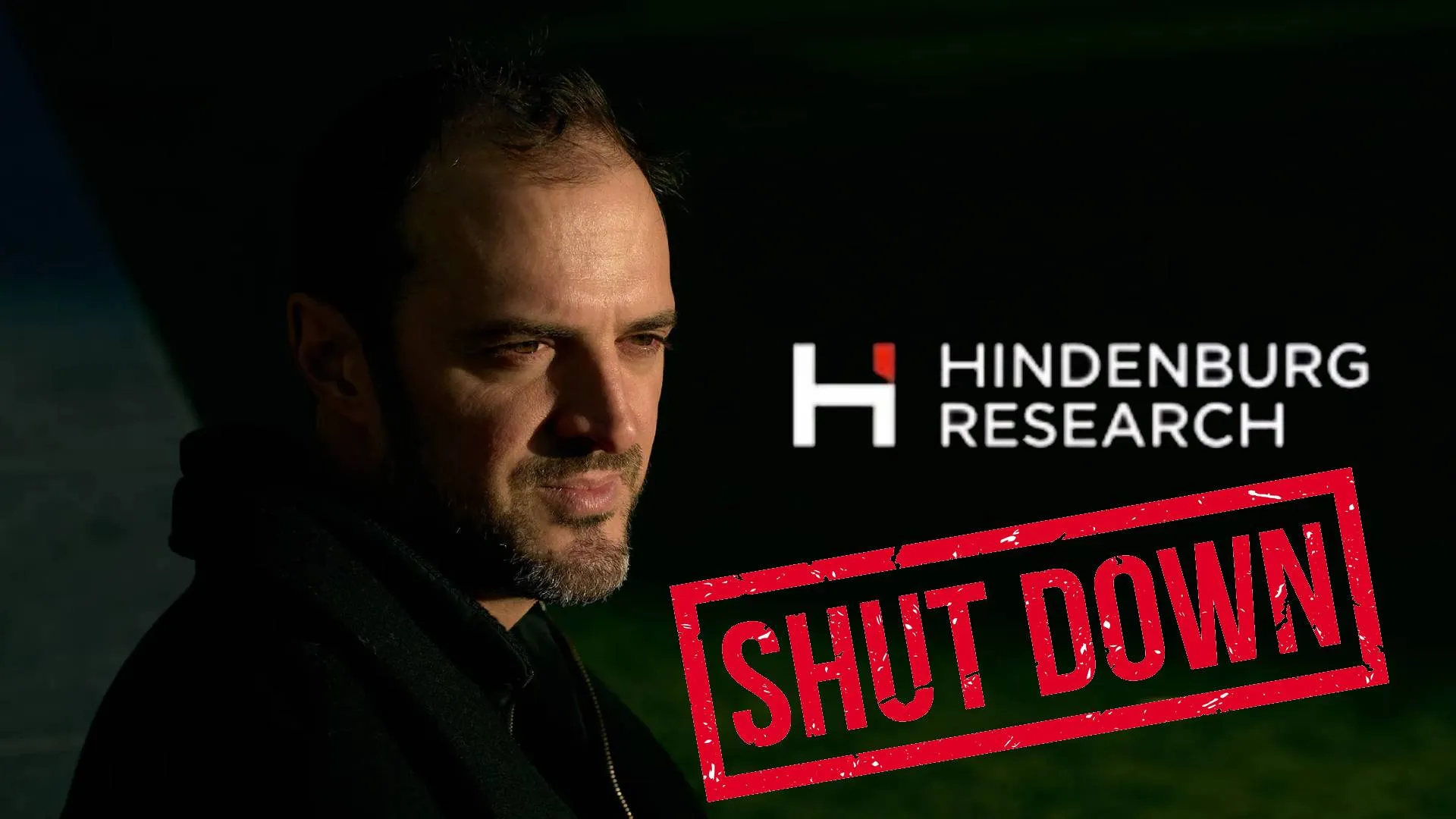INTRODUCTION
Ideas such as ‘magic’ or ‘witchcraft’ are amusing themes for fiction movies and literature. In reality, however, they seem irrational. What if we tell you that a continued belief in such primitive concepts still forms the basis of violent crimes against women in several parts of rural India?
Witch-Hunting is a practice involving the search for a woman who has been labelled a ‘witch’ (‘chudail’, ‘dayan’, ‘tonahi’), on charges of causing harm to others through the use of black magic. The attack is led usually by relatives, neighbours or villagers and comprises violence against the accused in the form of hounding, thrashing, shaving of the head, naked parades, forcing consumption of human excreta, rape or murder. According to India’s National Crime Records Bureau (NCRB) data, witchhunting has claimed nearly 2500 lives from 2000 to 2016. Yet, unlike many European Countries, India is yet to pass a Central level legislature or address incidental issues to combat the problem of witch-hunting.
Criminology is a subject which aims at studying an offence from a socio-behavioural perspective. It plays a key role in determining the root cause for an offence and how the criminal justice system can tackle it. While criminologists remain fascinated with dissecting physiological and behavioural science behind serial killers, female criminality remains an unexplored area of law. What little research is done in female criminality is largely unscientific and suffers from strong gender bias. We attempt to explain how gender bias present in the work of many celebrated sociologists and criminologists have a normalized stigma around the malpractice of witch-hunting and how the legislature has failed to tackle witch-hunting in rural parts of India.
NORMALISATION OF WITCH-HUNTING THROUGH MISOGYNISTIC THEORIES OF CRIME
An undeniable fact of our society is that women are still seen as the weaker sex. The unscientific notion of the weaker sex is not limited to rural or uneducated population. The gender prejudice is quite visible in almost all profession ranging from the inclusion debate around the inclusion of women in the army to a coveted position in academia. While progressive thoughts are emerging from around the globe like bringing a woman on par with men in terms of pay parity, the problem of gender bias is deeply entrenched and institutionalized when it comes to studying of crime.
Almost all prominent criminologists who laid the foundation of the subject have attributed female criminality to the physiological, hormonal or psychological female characteristics. Most of them argue that women who commit crime display an “abnormality” in natural female behaviour and hence, such women are “born criminals”. According to such criminologists, this “abnormality” of committing a crime can be rectified if certain measures such as sterilization of women committing a crime or isolating them from society are adopted. In short, Positivist School of criminology lays its foundation on a false notion that women who commit crime are “suffering” from an abnormality and the society as a whole should cure the said abnormality by whatever means possible.
According to Lombroso, women having a higher number of “atavistic” features are more likely to become criminals. According to him, Atavistic characteristics are special bodily features which are commonly found in criminals. For example – large hand size, low voice pitch, dark skin, crooked teeth etc. In the context of female criminality, Lombroso argued that women have a smaller cerebral cortex which diminishes their intelligence. Consequently, they are incapable of committing crime requiring intelligence and primarily indulge in offences like prostitution.
According to the famous sociologist W.I Thomas, female criminality occurs when women use their feminine attributes to manipulate others. According to him, female criminals use sexual proximity or commit acts of prostitution for obtaining something for self-interest. He argues that female criminals are driven by lust and commit crimes to attract the attention of males. In short, Thomas largely sees female criminals in terms of their sexuality to justify their criminal behaviour. Sigmund Freud built his theory on similar grounds stating that female criminals were those who attempted to compete with men by refusing to accept their “natural weakness”. Another renowned sociologist, Otta Pollak, believed that women used their inherent cunning nature to manipulate and deceive men into committing crimes. Therefore, women act as an instigator to the serious offence but could commit smaller offences like shoplifting by themselves.
Apart from these writers, there are plenty more criminologists and sociologists who advocated similar theories of female criminality. Such theories of crime fail to take into account factors like poverty, education and health when analyzing female criminality. One may argue that with time, such theories have lost their relevance. However, the malpractice of witch-hunting in northern India is a perfect example to elucidate the problem of bias and irrational principles dictating crimes against women. This bias stems from the work of noted criminologists who are glorified as founders of the subjects. Witch-hunting in India is committed to ward off “evil spirits” from the village by torturing the victim who is accused of casting a spell. As argued by Pollak, witch-hunting too establishes an idea that women are cunning in nature, thereby using blackmagic to obtain something for self-interest. In reality, witch-hunting is an attempt to subdue independent women in rural India. Just like Freud, perpetrators of witch-hunting consider women to be the weaker sex, who must remain dependent on men for their survival. Therefore, it is majorly the divorced or widowed women who are subjected to witch-hunting. Lastly, the theory of “Atavistic Characteristic” by Lombroso is visibly seen in the practice of witch-hunting where Dalit women are targeted for being “inherently impure and bringing ill-luck to the village”.
UNDERSTANDING TRUE REASONS BEHIND WITCHHUNTING IN INDIA
Post-independence, witchhunting continued as a customary practice amongst rural and tribal populations in Assam, Jharkhand, Bihar, Chattisgarh, Orissa, Madhya Pradesh, Uttar Pradesh, Haryana, Gujarat, Maharashtra, Rajasthan and West Bengal. Jharkhand is the hot-bed for witching-hunting with maximum cases being reported from this State ever since its inception in the year 2000. Let us look at some of the predominant causes behind the continuing practice of witch-hunting in India.
The very premise of patriarchy that Indian society is built upon has injustices rooted in it. Entrenched gender hierarchy has made women easy scapegoats in all kinds of situations, and is similarly relevant to the analysis of witch-hunting practices in India. This is evident in the NCRB reports stating that allegations concerning black magic are mostly inflicted on women, even though male members of the family also receive the wrath of the people when a woman is declared a witch. A statistical indicator of patriarchal societies is how most of these high ranking states report wide gaps between the literacy rates for male and female populations. In Jharkhand, the State that records the highest number of cases, for instance, the literacy rate (male) is 76.8 % whereas the literacy rate (female) is only 55.4%. Depriving women of education equips men to further perpetuate the prevailing power dynamics. The requisite structural support is also ensured as local administrators, witch doctors, family headmen etc. are all invariably men. Here again, certain categories of women are more vulnerable to attacks. Amongst these are women that are middleaged or old, married, widow or childless.
The question of caste or group identity is also extremely relevant in this analysis. Several reports reveal that victims of witch-hunts generally do not belong to the dominant castes. Thus, even within the gender category, lower caste and tribal women (SC, ST, OBCs and others) face greater victimization.
An interesting deduction from the analysis of the causes behind its modernday practice in India is that instances today are often rooted in individual conflicts more than an actual belief in witchcraft. Personal conflicts over ideological differences, economic reasons, non-conformity or jealousy may escalate into a situation where people may want to malign the concerned person’s image or cause them severe harm. Of course, the inherent structural backwardness of the society is exploited to garner support. For instance, old widows owning resources such as inherited land are often targeted to sideline them and seize their property. In male-centric communities, romantic rejection by a woman may also be avenged with allegations of practising witchcraft. This could be done by making various kinds of false claims regarding her demeanour. In a male chauvinist society that holds on to baseless ideas of dignity supposed to be preserved by the women, such allegations are accepted unquestioningly. Witchhunting, thus, becomes an effective tool in exercising control over-opinionated women who may try to break free from the shackles. The most unfortunate part is that in rural areas, the perpetrators in maximum cases are the woman’s family/in-laws or neighbours, men as well as women.
Economically backward societies are more susceptible to continuing with primitive practices like witchhunting. Rural societies in India suffering from chronic economic backwardness are usually those with large populations, considerably engaged in agriculture. Owing to economic deprivation, people lack access to quality education and healthcare facilities and tend to rely more on traditional responses during crises situations. Societies with agriculture as the primary occupation often witness income shocks propelled by sudden situations such as monsoon failure, floods or poor harvest in the region. Such financially trying times lead to an increase in strategic witchhunts where the motive is the confiscation of property or extraction of money. As per rankings of NSDP per capita for States in India (2018-19), Bihar and U.P. rank the lowest along with Jharkhand, Assam, Madhya Pradesh, Odisha, Chattisgarh, Rajasthan, West Bengal and others doing only fairly better.
Widespread illiteracy is another factor that a large number of cases of witchhunting in rural India can be attributed to. A progressive society must be capable of developing a rational outlook towards its cultural inheritance. Where more people have attained primary education, the growth of a rational intellect empowers that society to reject superstitions and inhuman traditions like witch-hunting. On the contrary, low levels of education usually indicate that people are susceptible to embracing irrational beliefs and practices. Uneducated people fail to comprehend the scientific reasons behind misfortunes such as a poor harvest, spread of disease, death of cattle or humans in the locality, etc. Resorting to explanations like black magic is a convenient way to rationalize with natural occurrence of events. According to Census-2011, Jharkhand- 66.4%, Bihar- 61.8%, Rajasthan66.1%, U.P.- 67.7%, Madhya Pradesh- 69.3%, Chattisgarh 70.3%, Assam- 72.2% and Odisha- 72.9% reported a literacy rate that struggles below the already grim national literacy rate of 74%. Thus, it is not a coincidence that the practice of witchhunting is thriving in these states of India.
Poor healthcare facilities also significantly aggravate the problem of witch-hunting in India. Many regions where witch-hunting cases are frequent still lack access to affordable quality healthcare facilities. At the most, predominantly rural areas may have primary healthcare centres. But these provide little respite owing to insufficiently trained personnel, poor infrastructure, etc. For the lack of alternatives, people seek help from quacks or ojhas (local witch doctors), who thrive by feeding into the collective conscience ideas like witchcraft. They are also responsible for conducting trials for suspected witches in the village. Ojhas command traditional authority amongst the villagers, and when they fail to understand a problem brought to them, they resort to illogical appeals like witchcraft. This is more rampant when addressing complex diseases or mental illnesses that rural people are unaware of.
Societies recording high rates of crime provide a conducive climate for practices like witch-hunting to thrive. As per NCRB’s annual crime report 2018, Uttar Pradesh topped the statewise rankings for crimes against women, followed by Maharashtra and West Bengal. The data also shows that cases of crimes against women in the country have increased as compared to the previous year, with domestic violence cases accounting for the largest share. The conviction rate in rape-related cases stood at 27.2% even though the rate of filing charge sheets was 85.3% in such cases. The poor plight of law and order in a State may not directly trigger an incident of a witch-hunt, but it certainly emboldens perpetrators to commit more crime since they mostly go unpunished.
CONCLUSION
Article 51-A (H) casts a duty upon Indian Citizens to develop a scientific temperament. However, even after 73 years of Independence, the practice of witch-hunting continues to thrive in India. While orthodoxy in rural India remains the prime factor behind the rising cases of witch-hunting, the inaction on part of the Central Government to tackle the problem is also deplorable. Various states have formulated legislations at state- level to combat the practice of witch-hunting but all state-level legislations are loosely framed laws which leave a lot to be desired in terms of strict punishment and enforcement. In fact, Justice Panigrahi in Jitu Murmu vs the State of Orissa observed that the state laws have failed to prevent crimes related to witch-hunting and re-emphasized the need for uniform legislation at the national level. Thus, it is high time that Governments at the centre and state levels acknowledge witch-hunting as a serious menace plaguing the Northern Indian states and undertake a coordinated effort by providing basic amenities like education and drafting a strict legislation to criminalize witchhunting in India.























